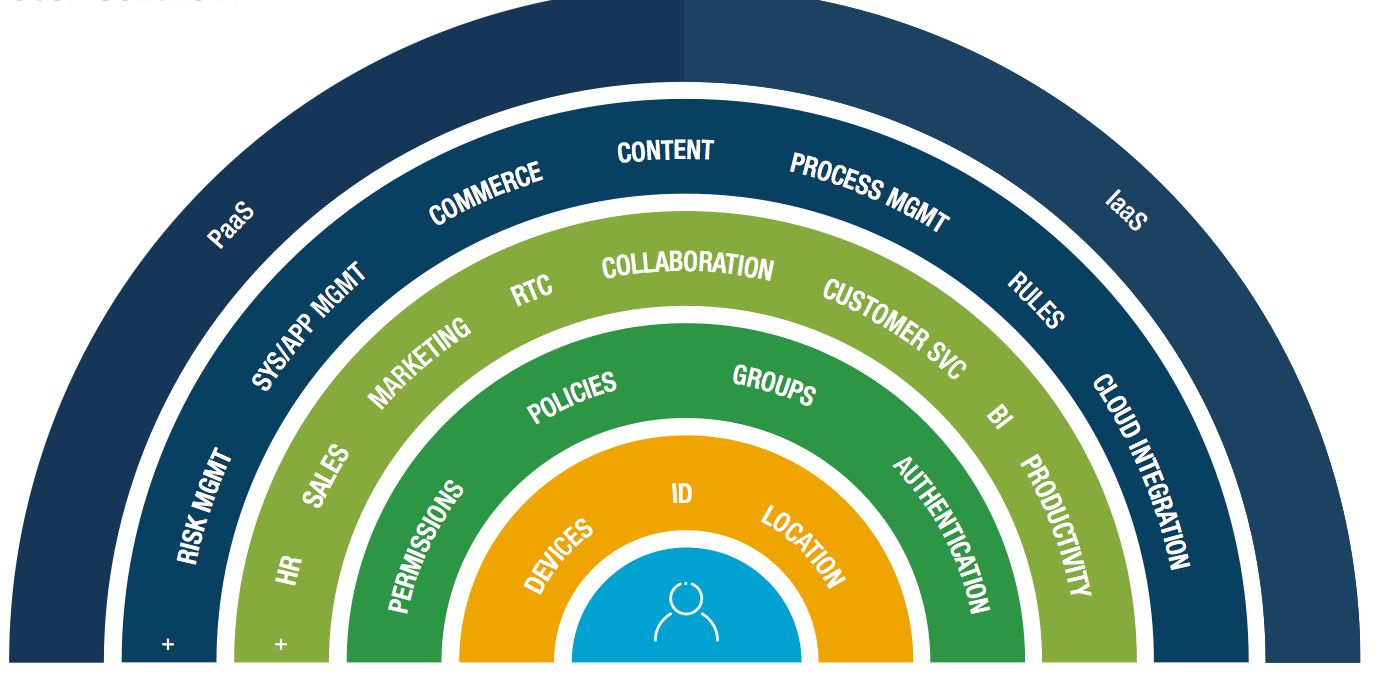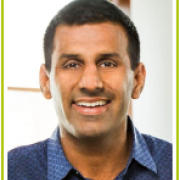Enterprise technology has historically been built to serve an IT buyer. If you’ve ever filled out an RFP, you would almost certainly have seen a laundry list of requirements using words like controls, administration and compliance. Often missing from that list (or de-prioritized at least) was a focus on user needs, since addressing the business problem came first.
This chasm between solving for business problems vs. user needs tends to leave many enterprise IT projects in limbo – onboarding is a pain, adoption is slow, and churn is likely an inevitable outcome. Knowledge workers today have much different expectations and demands for the technology they use at work.
Today we are proud to announce that Gainsight has officially joined the User-Centric IT coalition of companies like Box, GoodData, Jive and Marketo. The team has been working closely with former Pulse keynote Geoffrey Moore and various CIOs to define a new model for implementing technology throughout an organization that will lead to higher adoption, agility and success.
We’ve long since held the position that focusing on adoption metrics alone gives businesses a short-sighted view of customer health. With so many other externalities at stake, your product design and development is merely one arena where the battle for your customers’ success takes place. However it’s an important one, and one that you and your product team can ultimately control.
To put that another way: Gainsight is a user-centricity driver. User-Centric IT means that IT departments now must focus on user adoption, which puts pressure on technology vendors to build more user-centric products. Gainsight partners with leading companies who are committed to this movement to understand the health of those users, ensure their value-achievement, and as a result, drive successful business outcomes.

Listed below are the five core principles that define a user-centric organization:
1. User-Centric IT serves the business by empowering people.
IT’s evolving role is to empower people to work better and smarter. Getting people to engage, connect and act in real-time adds incredible velocity to a business.
2. User-Centric IT adapts to the way people work, not the other way around.
Business technology should fit seamlessly into people’s workflows. It should be easy to use, flexible, and customizable to fit the style of each individual and department.
3. People, information and knowledge must connect in real time.
Collaboration is a growing imperative for today’s knowledge-based workers. Hoarding knowledge is out, sharing and collaborating are in. In the user-centric IT environment, people have intuitive and natural ways to share and collaborate with colleagues, partners and even customers.
4. Mobility is a work-style preference, not a device.
Mobility is a way of life. People expect access to information from anywhere at any anytime via any device. User-centric IT goes beyond simply allowing mobile access to limited services, instead supporting the mobile work style from any device.
5. Security should be inherent and transparent to the user experience.
Security and compliance are both mission-critical. But heavy-handed security measures or cumbersome processes are counterproductive, and users will find workarounds. Security must be ever-present, inherent but invisible, integrated into the systems presented to the user without creating friction or delays.
Gainsight has always been committed to building our technology suite to empower our clients to lead their world in customer success. By joining the UCIT movement, we’re “renewing our vows” and declaring that in order for an enterprise to lead the world, their users have to come first.
We look forward to leading our world in building the next great category of enterprise software by focusing on the success of Gainsight users, so they in turn can pass that success on to their customers.
 Nick Mehta, CEO, Gainsight
Nick Mehta, CEO, Gainsight

